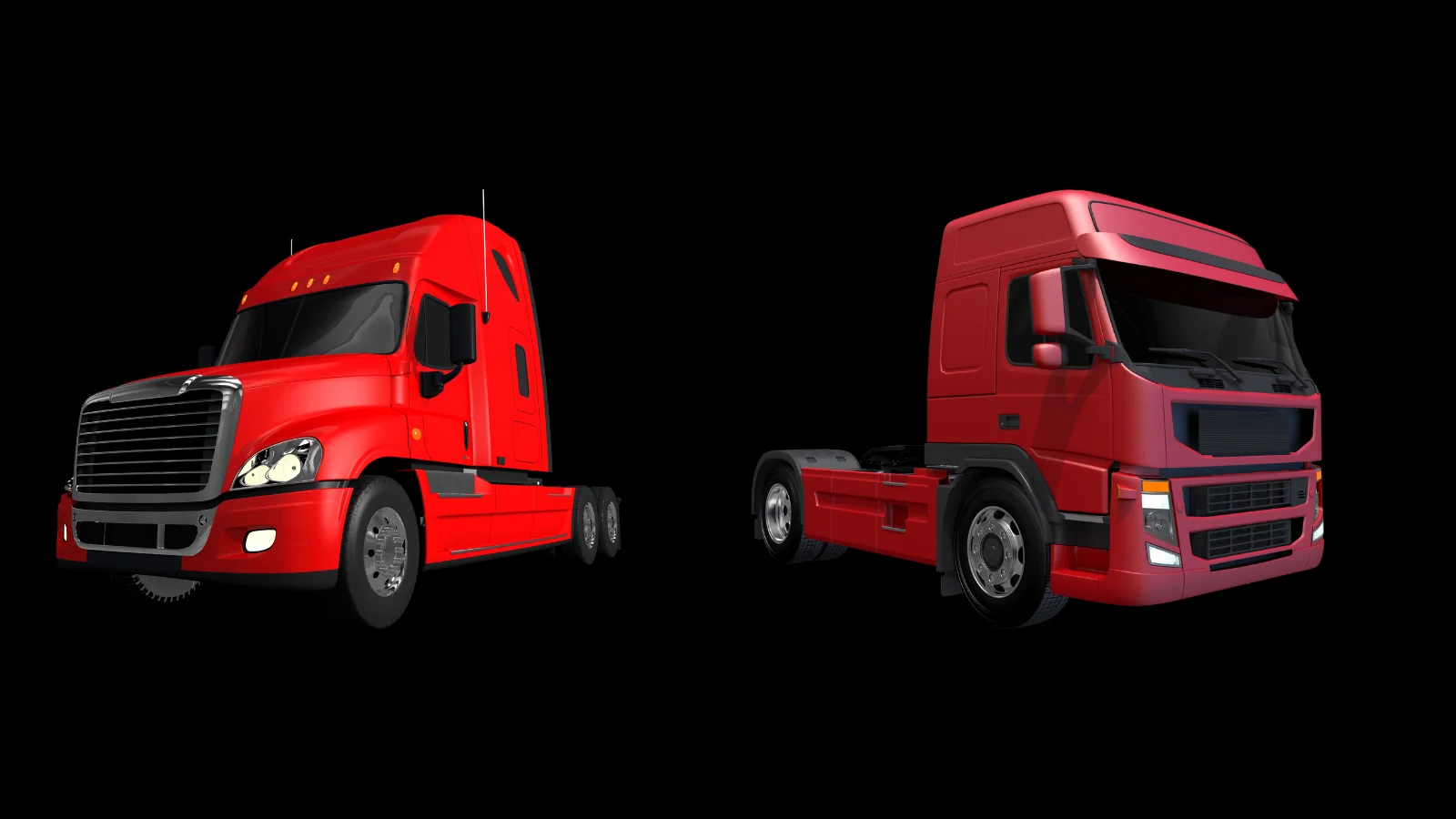Semi Trucks In the Freight Industry
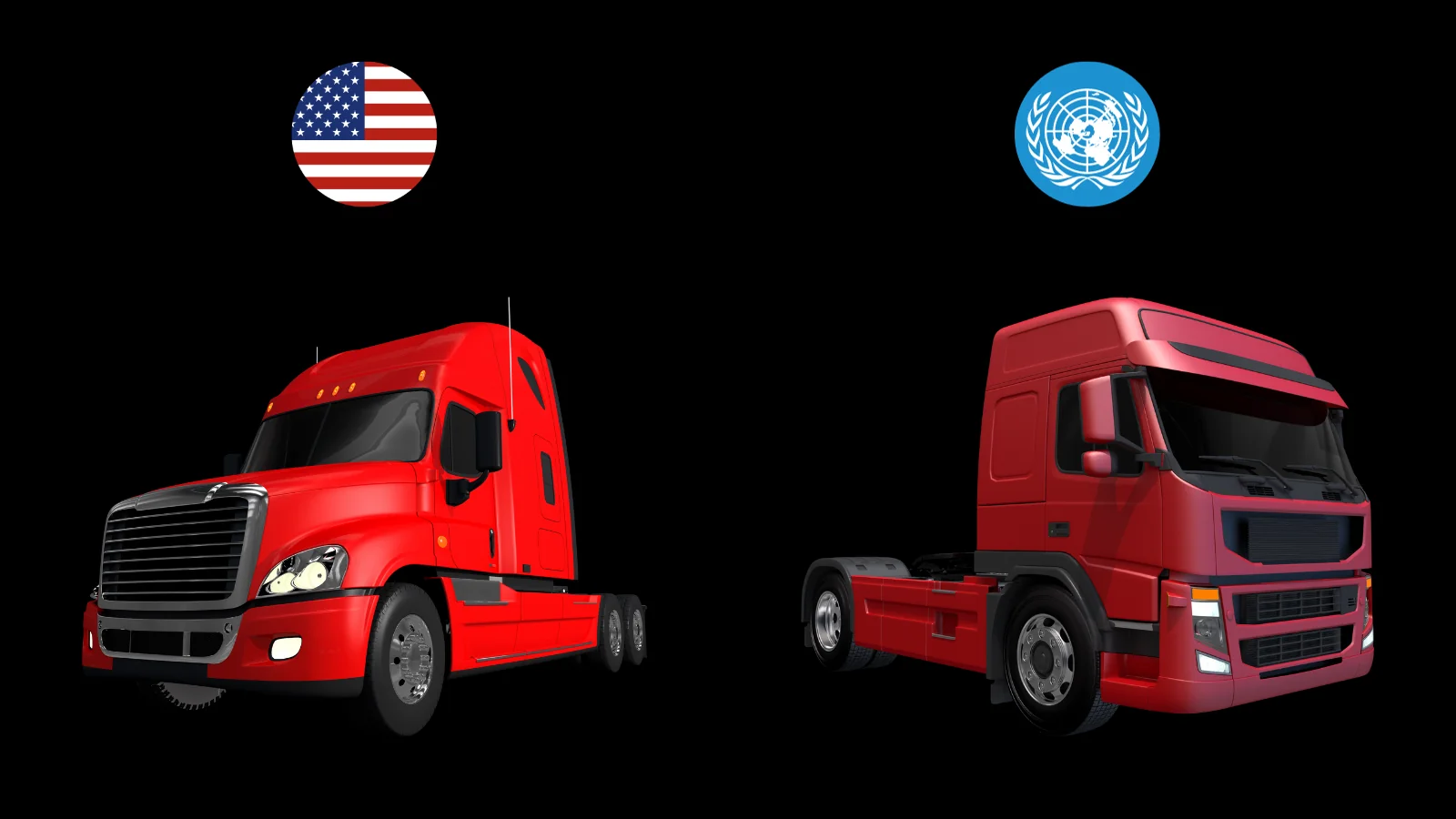
The freight trucking industry serves as the lifeline of global commerce, and the world’s dependence on it has inspired diverse adaptations in truck design and regulations. This comprehensive exploration will explore the distinctions between American freight trucks and their international counterparts. We’ll look at vehicle specifications and examine the intricacies of trucking regulations, living conditions for truckers on the road, highway infrastructure, and wheelbase size considerations.
Glimpse into the Early Days
In the early 20th century, when the trucking industry was in its infancy, American freight trucks were often compact, practical vehicles that reflected the needs of local and regional transportation. These trucks were designed for maneuverability in urban environments and shorter hauls, much like their international counterparts. At this stage, the design and regulations for American trucks were similar to those of other countries.
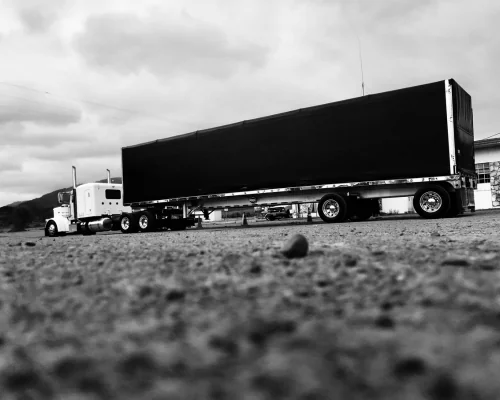
The Expansion of American Infrastructure
The rapid growth of the American interstate highway system in the mid-20th century catalyzed the evolution of American freight trucks. These expansive road networks enabled long-distance travel and efficient interstate commerce. As a result, American truckers began to require vehicles with more robust engines and larger cargo capacities.
The Freight Regulations changed in 1982, which changed everything. It made it so the measurement of the cargo has to be 53ft. The rule would not include the cab of the truck and no regulation on the wheelbase. Resulting in the industry’s transformation beginning to take shape.
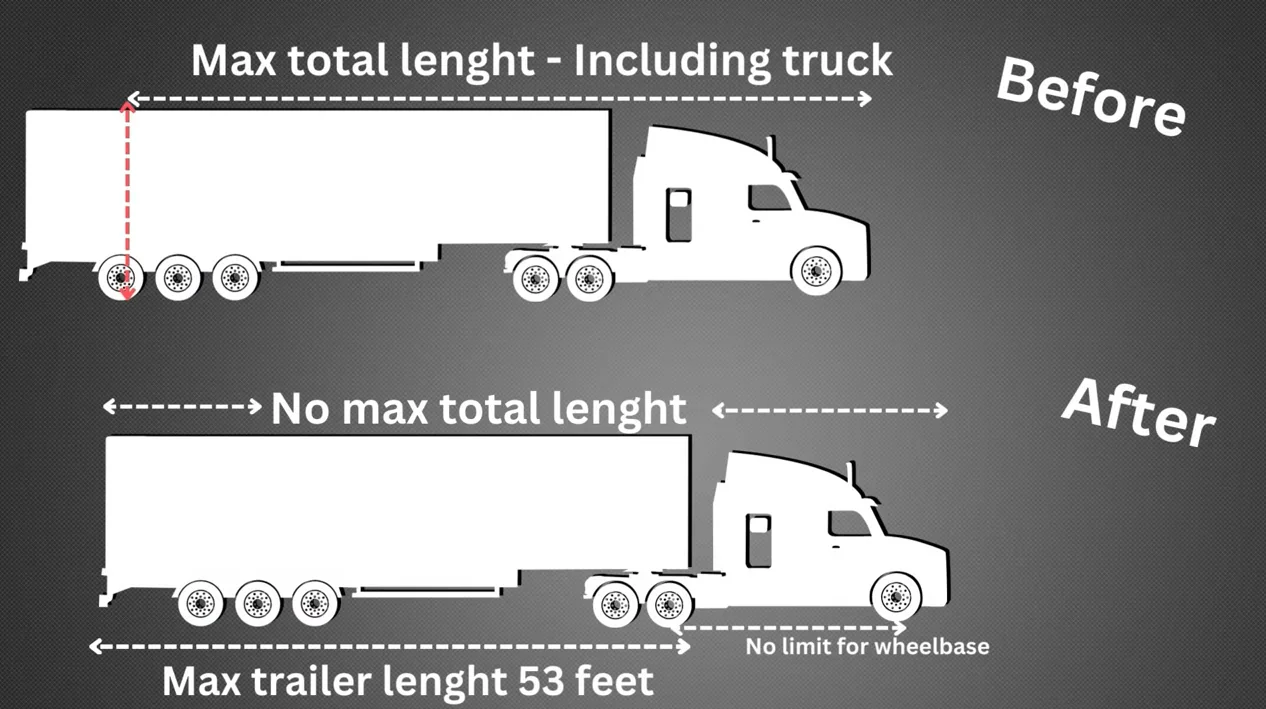
Which Are the Main Types of Semi Trucks Out There?
- – Day cab semi – Flat roof truck sleeper
- – Mid-roof sleeper cab – Raised roof truck sleeper
- – Slope-nosed trucks – Conventional nose trucks
American Freight Trucks
American freight trucks are emblematic of the country’s vastness and economic diversity. They come in various shapes and sizes, from iconic semi-trailer trucks to specialized flatbeds and box trucks. These trucks are designed to meet the unique needs of industries ranging from agriculture to manufacturing. American trucking regulations, notably those governed by the Federal Motor Carrier Safety Administration (FMCSA), ensure the safety and reliability of these vehicles.
Additionally, the United States sets strict rules on how long truckers are allowed to drive before taking mandated breaks. Hours of Service (HOS) regulations are designed to combat driver fatigue, thus enhancing road safety.
International Freight Trucks
Internationally, the trucking industry adapts to regional needs, resulting in diverse designs, load capacities, and efficiency features. European trucks, for instance, often feature compact designs due to the continent’s narrow roads, allowing for enhanced maneuverability. In contrast, Asian markets focus on smaller, fuel-efficient trucks tailored for densely populated urban areas.
Australia’s vast expanses demand larger payloads and long-distance travel, influencing the design of their trucks. Nonetheless, for the most part, you will mainly see day cabs and semis when outside of the United States.
International trucking regulations vary significantly. In Europe, the European Union establishes uniform standards for safety and emissions. Asia follows a mixture of international regulations, often influenced by local governments. Australia, too, has its own set of stringent safety and environmental regulations.
Regulations and Impact
Environmental concerns are shaping the global trucking industry, and as a result, there’s an increasing focus on emissions regulations and fuel efficiency standards. The United States, under the Environmental Protection Agency (EPA), regulates emissions and fuel efficiency standards for American trucks. These regulations have led to the adoption of cleaner-burning diesel engines, aerodynamic enhancements, and even the exploration of alternative fuels.
Internationally, countries and regions have different approaches to emissions standards and environmental impact. European trucks, for example, are known for their strong adherence to stringent emissions standards, and many European cities have implemented low-emission zones to combat pollution. In contrast, some Asian countries are pioneering electric truck technologies to reduce emissions and noise pollution.
Cab and Sleeper Design
The design of truck cabs and sleeper compartments differs significantly between American and international models, often reflecting cultural and regulatory influences. American trucks prioritize driver comfort, offering spacious and ergonomic cabs with various amenities. These comforts are designed to enhance the well-being of truckers who may spend extended periods on the road.
In contrast, European and Asian trucks often have more compact cabs, suitable for crowded urban environments where maneuverability is critical. Truckers may not live in their cabs for extended periods in these regions as often as their American counterparts. The difference primarily influences this contrast in cab design in trucking practices and living conditions for truckers.
Safety and Technology
Safety is a top priority in the trucking industry, and technology plays a crucial role in enhancing driver safety and efficiency. American trucks have many safety features, such as collision avoidance systems, electronic logging devices (ELDs), and adaptive cruise control. These technologies aim to reduce accidents and improve the well-being of truckers who often spend long hours on the road.
Internationally, safety standards and technologies can differ. European trucks often feature advanced safety systems, including lane-keeping assist and advanced emergency braking. Asian trucks may prioritize technology that suits their regional driving conditions and road infrastructure.
Market Trends and Innovations
Both American and international freight trucking industries are witnessing significant changes and innovations. In the U.S., electric and autonomous trucks are on the rise, potentially revolutionizing the industry. The American trucking industry is exploring innovative solutions to address driver shortages, improve efficiency, and reduce environmental impact. Tesla, with Elon at the helm, is also helping these revolutions with the new Tesla freight truck that was released. These new trucks have advancements in safety, efficiency, technology, and ways to monitor parts and equipment.
International markets are also evolving. Europe is leading the way in adopting electric trucks as well, particularly in urban areas. Asia, home to several major truck manufacturers, is innovating in various directions, including autonomous trucks. Australia, with its unique challenges, is exploring developments in long-haul trucking.
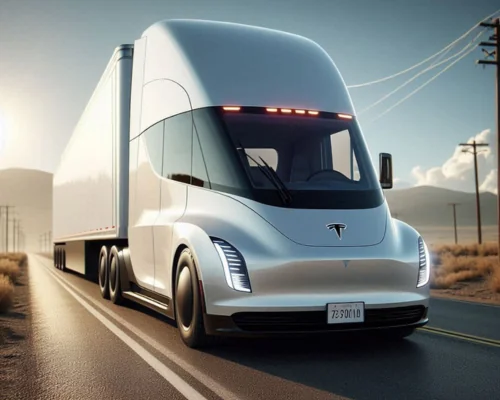
Logistics and Infrastructure
Logistics and infrastructure play a vital role in ensuring the efficiency of the freight trucking industry. In the United States, an extensive network of highways, rest stops, and warehousing facilities supports the trucking industry. This infrastructure ensures that goods can move swiftly and efficiently across the vast American landscape.
Internationally, each region has its unique logistics and infrastructure. European highways often feature tolls and weight limits to regulate truck traffic. Asian urban areas have developed complex logistics systems for last-mile deliveries. Australia’s infrastructure focuses on long-haul routes that traverse vast distances.
Road Trains in Australia: A Conventional Distinction
Australia’s vast and sparsely populated landscapes have given rise to a unique and conventionally efficient transportation solution: road trains. These extraordinary multi-trailer combinations are a defining feature of the Australian trucking industry and starkly contrast to American-style freight trucks.
Road trains consist of a prime mover (truck) pulling multiple trailers, often exceeding four in number, and can stretch to impressive lengths. Unlike the sprawling diversity of truck types found in the United States, road trains represent a more standardized and conventional approach to long-haul transportation.
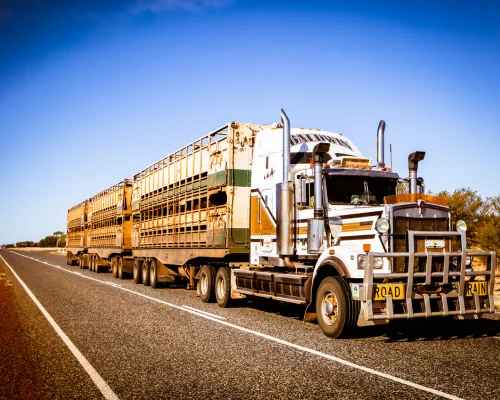
The concept of road trains was born out of necessity in Australia, where long distances, limited infrastructure, and remote communities posed significant logistical challenges. These vehicles are particularly prevalent in the outback, where they are responsible for hauling essential supplies, livestock, and mining materials.
We’ve navigated the intricate web of distinctions between American freight trucks and their international counterparts. These differences impact the trucking industry, global logistics, and trade. Whether it’s design, regulations, safety features, environmental standards, or unique wheelbase considerations, understanding these distinctions is crucial for businesses and individuals transporting goods. The trucking world is vast, varied, and continuously evolving, adapting to the diverse needs of industries and regions.
